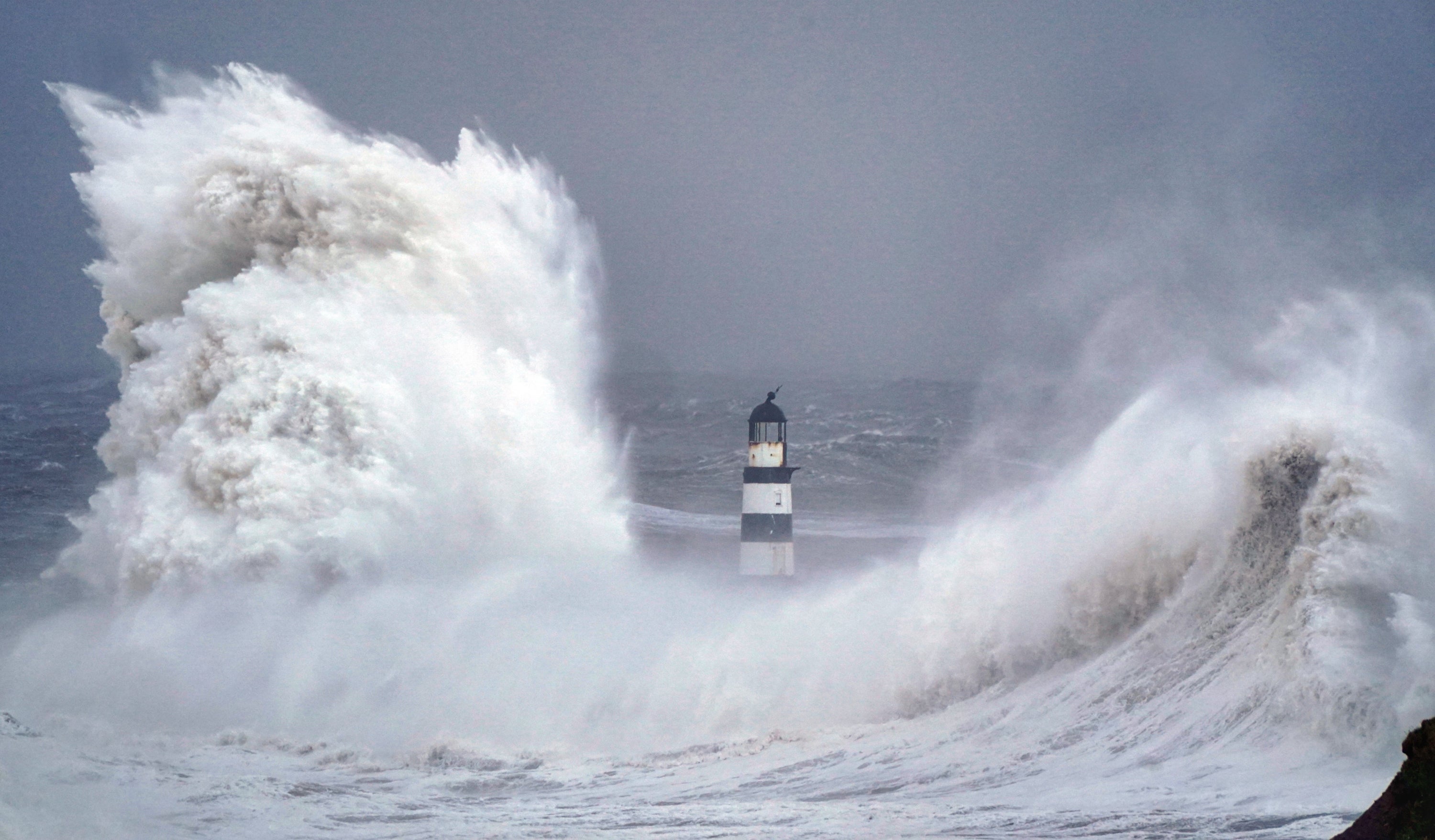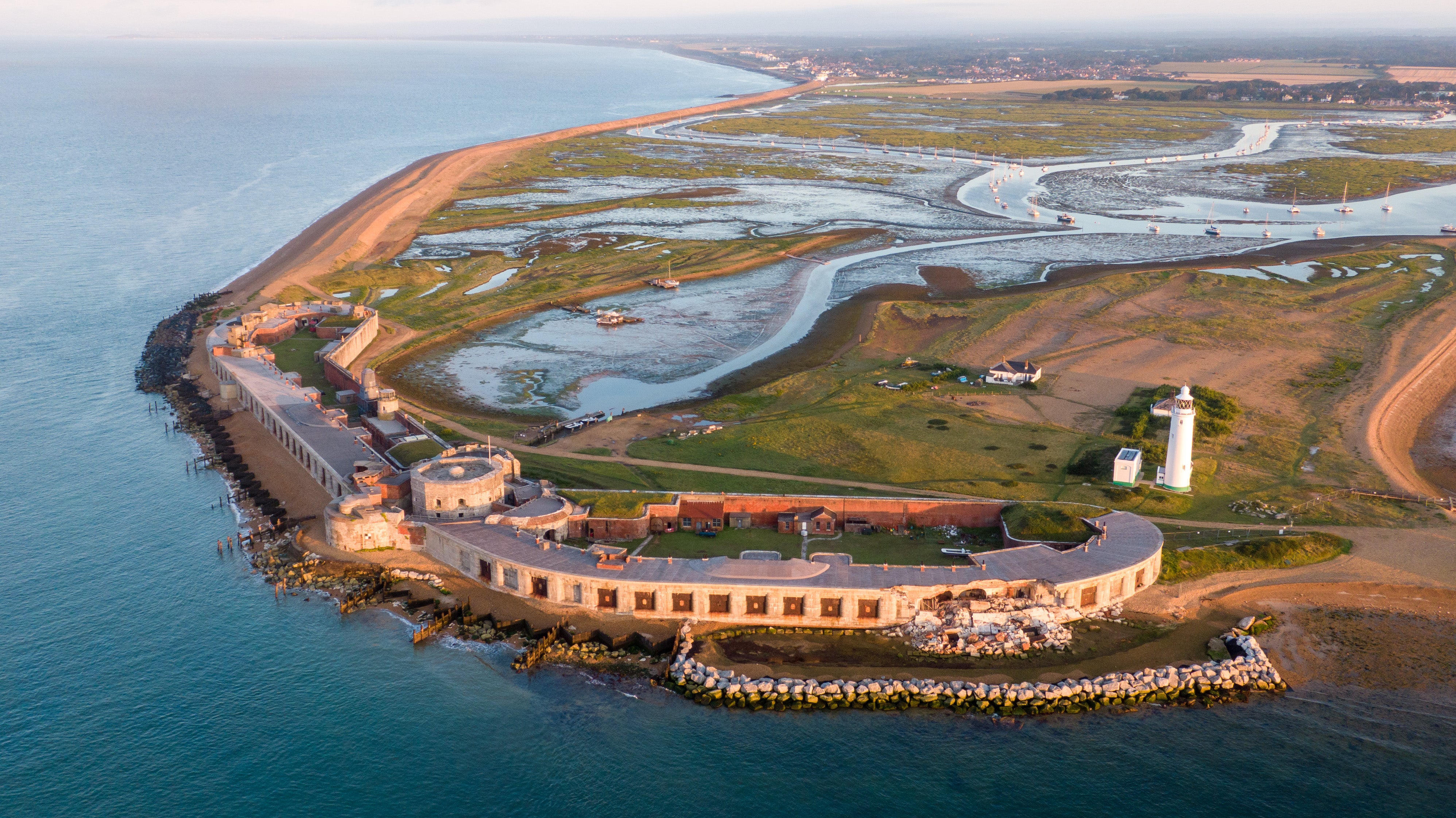UK coastal areas ‘at risk from extreme storm surges’ as sea levels rise 16.5cm since 1990s
‘Our perception of what is normal is changing as our climate changes,’ said climate expert

Your support helps us to tell the story
From reproductive rights to climate change to Big Tech, The Independent is on the ground when the story is developing. Whether it's investigating the financials of Elon Musk's pro-Trump PAC or producing our latest documentary, 'The A Word', which shines a light on the American women fighting for reproductive rights, we know how important it is to parse out the facts from the messaging.
At such a critical moment in US history, we need reporters on the ground. Your donation allows us to keep sending journalists to speak to both sides of the story.
The Independent is trusted by Americans across the entire political spectrum. And unlike many other quality news outlets, we choose not to lock Americans out of our reporting and analysis with paywalls. We believe quality journalism should be available to everyone, paid for by those who can afford it.
Your support makes all the difference.Sea levels in the UK have risen by around 16.5cm since the 1990s, putting more coastal areas at risk from larger and more frequent storm surges, according to a new report published by the Royal Meteorological Society.
Sea levels continue to rise due to an increased rate of ice loss from the Greenland and Antarctic ice sheets, glacier mass loss and the warming of the ocean, the 2021 State of the UK Climate report says.
The report adds that 2021 would have been considered one of the warmest on record only a generation ago, but was near average for the period between 1991 and 2020, illustrating how the UK climate is changing.

The maximum temperature recorded in 2021 was 32.2C at Heathrow, on 20 July, which was relatively low compared to temperature peaks in recent decades. The top 10 warmest years for the UK since 1884 have all been recorded this century, and come as parts of England topped 40C for the first time on record last week.
But 32.2C is still considerably warmer than the average hottest day of the year for the period from 1961 to 1990, which was 31.4C. In other words, the cooler conditions today are still warm relative to the climate a generation ago.
“The observations show our climate has already changed and will continue to change,” said Mike Kendon from the Met Office National Climate Information Centre, the lead author of the report. “The climate my dad regarded as normal when he was my age is different from our climate now, and that will be different from the climate my daughter will regard as normal when she grows up.
“Our perception of what is normal is changing as our climate changes,” he added.
Mr Kendon said more change was inevitable, but we should be able influence how much change we’ll see.
The report, which was published in the Royal Meteorological Society’s International Journal of Climatology, looks at the climate and extreme weather events of 2021 across the UK, as well as decade-long trends, to better understand how the UK’s climate is changing.
One of the extreme weather events recorded in the UK last year was Storm Arwen in November, which saw storm surges over 1.5m high. Extreme sea levels, however, were avoided because the storm occurred during low tide.
“With sea level rising, the probability of extreme events such as storm surges is increasing,” said Dr Svetlana Jevrejeva from the National Oceanographic Centre. “One-metre sea-level-rise events that we observed once in 100 years will probably now be once every year.”
The new report outlines how the rate of sea level rise around the UK is increasing, from around 1.5mm each year in the early part of the last century to between 3mm and 5mm each year in the past 30 years, depending on the location.
“It’s doubled,” said Dr Jevrejeva. “There are coastal communities and critical infrastructure along the UK coastline that are under risk from high and extreme sea levels.”

A recent study found that nearly 200,000 English properties are at risk of being abandoned from mid-century due to sea-level rise caused by climate change.
Dr Jevrejeva said crucial information, such as flood maps and the site of coastal defences, were available through the Environment Agency and local authorities for people to make decisions about where to live and do business.
“We need to monitor the rate of sea-level rise and provide robust scientific information to the policymakers, coastal engineers and the general public,” she added.
Other trends outlined in the report include a gradual decline in the number of days when frost is recorded and when home heating is required to maintain comfortable temperatures indoors.
Between 2012 and 2021, there were 5 per cent fewer days of frost compared with the average from 1991 to 2020, and around 20 per cent fewer compared with 1961-1990. The decade from 2012 to 2021 saw 11 per cent fewer days when heating was probably needed indoors compared with 1961-1990.
The number and severity of substantial and widespread snow events has declined since the 1960s, and UK winters have been 26 per cent wetter in the past decade than between 1961 and 1990.
Levels of rainfall are increasing over time because as the climate warms the atmosphere can hold more moisture. Climate scientists have said rainfall patterns are likely to change so there are more short, sharp downpours in the future.
Join our commenting forum
Join thought-provoking conversations, follow other Independent readers and see their replies
Comments